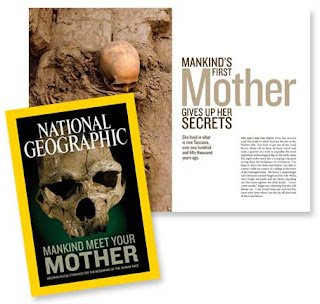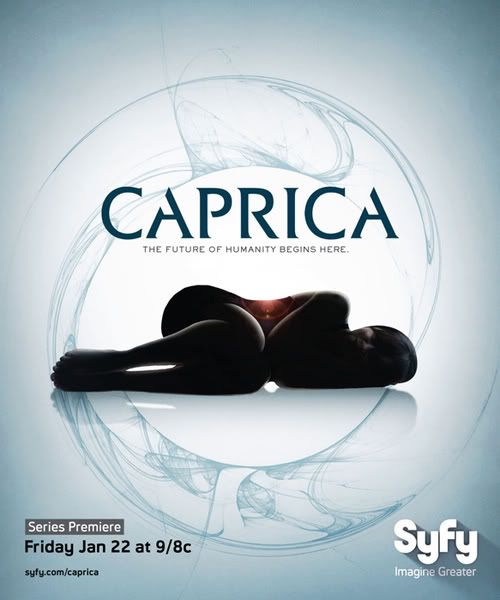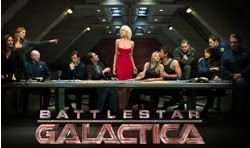
The Oyster's Garter, has a fascinating article about what life was like for humans 150,000 years ago:
150,000 years ago, the Earth was in the midst of the the Pleistocene Epoch. The continents were in about the same positions and many of the same plants and animals were doing their thing. But the climate was wildly different. Glaciers rose and retreated and rose and retreated, changing the world’s ecosystems each time. And 150,000 years ago was the maximum of the second-to-last, or penultimate, Pleistocene glaciation. (The final glaciation is the one we think of as the Ice Age, that ended only 10,000 years ago.)
Because of the penultimate glaciation, the African climate was colder and drier than today. North Africa was probably still desert and central Africa a grassland. But the biggest different is in Europe - southern Europe was a chilly steppe and Britain may well have been frozen under the Munsterian glacier. The Chief’s self-imposed exile may be even colder and more exile-y than he thought, what with starving on top of a giant pile of ice. Maybe he’s really in exile on the Canary Islands?
The Pleistocene is also known for vast herds of giant mega scary mammals. And it seems like most of these would have been around to eat or be eaten by the Galactica survivors. The steppe mammoth and the European jaguar roamed southern Europe, while the Americas were covered in direwolves and giant sloths and 10-foot tall short-nosed bears. African animals, which were least affected by the late Pleistocene extinctions, would have looked relatively similar to today. Which is to say that they were big and hungry and scary.
National Geographic Magazine's blog talked to Ronald D. Moore and David Eick about the use of National Geographic in BSG's final scene.
In io9, Andrew Liptak interviewed P.W. Singer, senior fellow at the Brookings Institute and author of Wired for War on the subject of robot uprising.
Jamais Cascio is a Senior Fellow of the IEET, and a professional futurist and writer of the popular blog Open the Future, proposes machine ethics:
The conclusion of the “Battlestar Galactica” television series a couple of weeks ago left viewers with a decidedly mixed message: a superficial gloss of “ooh, the scary robots are coming!”, coupled with a more subtle--and, for me, more important--story about the implications of how we treat that which we create.
The CG artist, formerly of BSG in-house effects, Mojo, writes about the stars in Battlestar Galactica's backgrounds, and how some observers read far too much into them.
Mojo also writes about the size of The Cylon Colony as compared to BSG 75.
Also, images of technology in BSG, and Vancouver cityscapes seen in the Daybreak flashbacks.






No comments:
Post a Comment